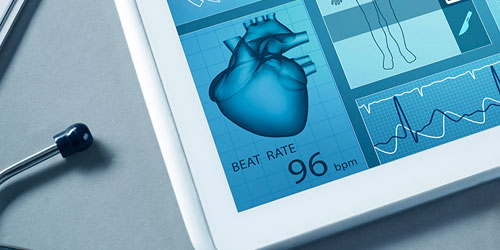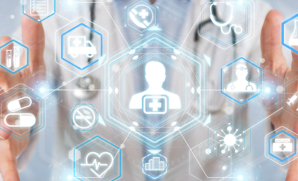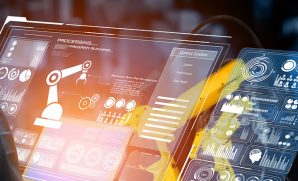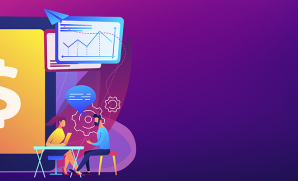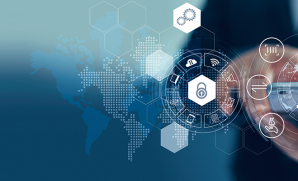Mobility and IOT Adoption in Healthcare Industry
Publish Date: May 31, 2017The expansion of the Internet of Things and mobility is transforming the way things work across industries. The Healthcare industry is among those leveraging maximum benefits out of the technological advancements to bring in new possibilities of patient care. Healthcare companies are creating integrated platforms that facilitate the aggregation of data from a broad range of wearables and applications connected to the medical devices. Such platforms also foster real-time engagement with patients and enable organizations to generate actionable insights on the health of each patient.
This is especially required for healthcare organizations that provide care to the elderly and disabled. To support healthy and safe living of elderly individuals or disabled patients, a system that can monitor their activities of daily living is needed. A mobile and IOT based platform can help in checking essential vitals, providing personalized tips, reminders and educational content on medical conditions in a proactive and timely manner.
Elderly health monitoring and emergency alert system is one of the main application areas of pervasive computing and biomedical applications. A typical use from a healthcare provider’s perspective is to get emergency medical assistance within few hours of the occurrence of any life-threatening health infraction. Healthcare practitioners are utilizing mobility and IOT in providing better means to connect with patients and serve them on a real time basis.
We will discuss how mobility-IOT lead healthcare involves the convergence of mobile, cloud, devices and social media to enable patients, caregivers, and healthcare providers to access data and information more easily and improve the quality and outcome of both health and social care. Here is how each of the components in a connected healthcare would function.
Mobile: A consumer facing user interface includes a web-based portal and a mobile app connected to home health devices via built-in adapters like the Glucometer, oximeter, BP monitor. It captures the vital details and transmits the same to a scalable Cloud layer.
Cloud: Web Application and an IOT layer to ensure swift integration with any new devices, on demand. Data management is tied to middleware that contains the relevant business logic to manage notifications, assessments and the administration of health programs.
Social media: A collaboration layer fosters a supportive wellness culture by leveraging the power of social interactions across various groups.
Devices: Wearable technology helps track the patient’s health on a real time basis through the sharing of data. With improved connectivity and monitoring from anywhere, anytime, patients can wear monitoring devices throughout the treatment, relaying critical data readings on a continuous basis to their doctors.
Connected solutions strive to be context-aware systems that streamline several aspects of healthcare and help improve patient compliance. With the aid of an internet connection and geo positioning, users can easily tweak their IOT devices, to accomplish routine health tasks. By using mobility, one can also book a doctor’s appointment, receive a prescription, order medications and send timely reminders.
Mobility-IOT in the healthcare setting has the potential to enhance productivity, lower
failure-to-respond rates, increase information access and communication. There are
several specific ways that this technology has become popular and has benefited the
sector over the last few years. Some of the benefits for healthcare providers are as
follows.
Digitization – Allows Healthcare organizations to reimagine a new business model using digital technology to develop new products and services that will revolutionize the process of care while engaging the consumer.
Cost Optimization: Bring down costs of care delivery through effective use of health care providers and save logistics cost. Use of real-time access across multiple channels and ensure appropriate advice.
Reduce Complexity: Help doctors store the health information of patients in a hassle-free manner. It simplifies the healthcare provider’s complexity by providing the patient’s history promptly when needed to make patient care decisions.
Customer Satisfaction: The offering includes a collaboration layer that helps companies ensures customer satisfaction through collaboration and healthy competition.
Appropriate use of devices and software helps in overcoming the growing healthcare
issues and the costs related to it. Healthcare has become more personalized and
personal. With mobility and IOT, healthcare professionals have real-time access to critical and actionable data. Research and advancements in technology are focussed on making devices more compact, niftier and faster than before. The future of IOT and mobility promises the healthcare industry of a cost efficient and better-connected environment.
Contact us Today for Mobility and IOT Adoption in Healthcare Industry.
Samrat Bhave – Solution Architect – Mobility & Cloud Transformation Service






